The zero waste home is more of a goal rather than a hard target. Use these ideas to eliminate waste through recycling and learn to use the items you already have in a new way.
We all have good intentions, but so many zero waste, living green goals are bound to fail unless they become habits. Do you find yourself going to the grocery store without reusable bags? We all do it – and come home with groceries in plastic bags, while there are a dozen cloth bags hanging on a hook right inside the back door. You see, it’s easy to forget to take them to the store if you have not created a habit.
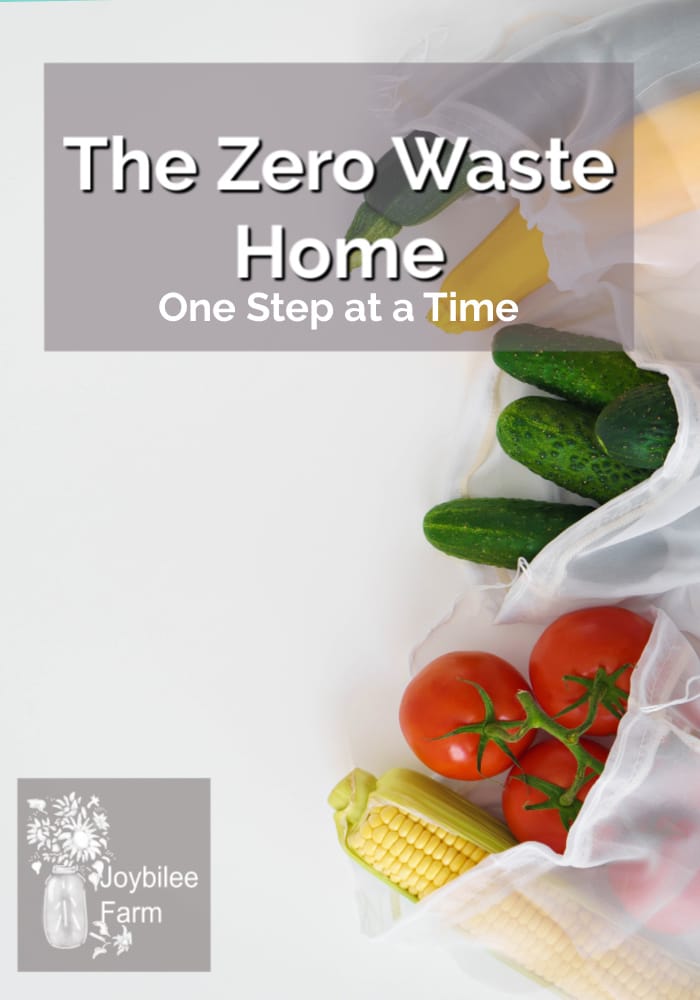
Don’t beat yourself up about it. It takes time to develop sustainable habits that work for you.
What is Zero Waste?
Zero Waste, from Wikipedia, is defined as a philosophy that encourages the redesign of resource life cycles so that all products are reused. The goal is for no trash to be sent to landfills, incinerators, or the ocean. The process recommended is one similar to the way that resources are reused in nature. The definition adopted by the Zero Waste International Alliance (ZWIA)[1] is:
Zero Waste: The conservation of all resources by means of responsible production, consumption, reuse, and recovery of all products, packaging, and materials, without burning them, and without discharges to land, water, or air that threaten the environment or human health.
What does that mean for your little piece of the world?
As you begin to see the waste you are bringing into your home as a burden, you will naturally want to reduce it. The ideal Zero Waste Home uses waste management and planning approaches from purchases to emphasize waste prevention. This can be a whole systems approach that aims for a massive change in the way materials flow through your home.
The great part? There are thousands of small steps you can take each day, month, and year to bring your home closer to your ideal. Zero waste is about more than eliminating waste, it also focuses on recycling and reuse. You may not be able to restructure the world production and distribution systems to reduce waste, but you can continually work towards eliminating waste in your home and property.
Change Your Habits
You must form new zero waste habits to create a Zero Waste lifestyle. And the best way to form new habits is to pick just one behavior and focus on it intentionally until it becomes a habit. Then pick another one and focus on that one until it is a new Zero Waste habit. Before you know it you’ll have made some big living green lifestyle changes, one habit at a time.
Try some of these 42 zero waste habits that will save you money. It’s a great place to start!
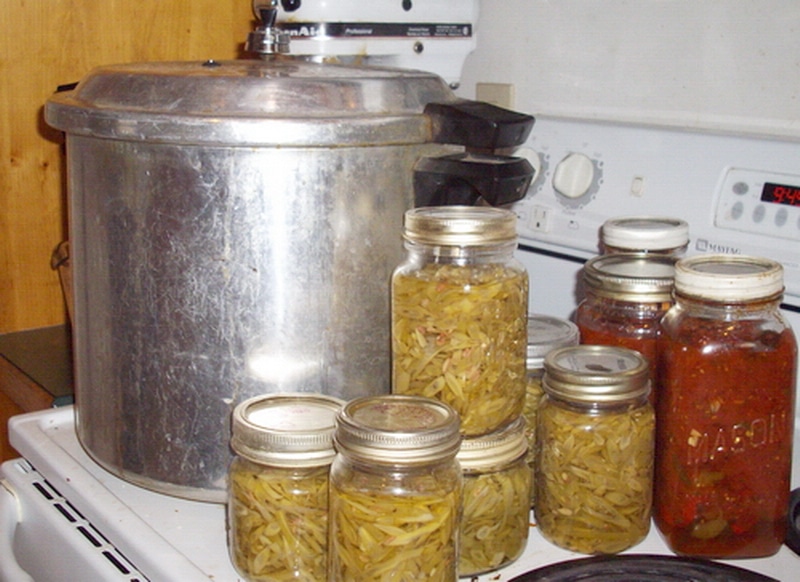
We all want to save money on our weekly grocery expenses. Adopting even half of these 20 sustainable habits for no food waste will help you look at your waste in a new way and give you 20 ways to save or recycle your extra food.
As homesteaders, I’d like to encourage you to think beyond the waste of food, to the waste of all the resources and abundance that you’ve been given. How can you place more value on the things that you consider waste right now? Can you reframe your thinking about the things that you currently discard? Could you change one habit that would result in a decrease in food waste on your homestead?
Americans waste about a pound of food per person each day, and people who have healthier diets rich in fruit and vegetables are most wasteful, research has found. [source] The study found that the healthiest Americans are the most wasteful, because of their high consumption of fruits and vegetables, which are frequently thrown out.
Learn to use your pressure canner with confidence to can meat and vegetables, and use excess fruit for flavor-filled jam.
Reuse Items in a New Way
Sometimes all it takes to start the Zero Waste homestead is thinking about the items you have in a new way. Rather than sending these things to the landfill – or to recycling – look for creative ways to repurpose them.
Repurpose an old T-shirt and use the material to make the ideal grocery bag. It’s stretchy and allows lots of groceries to be packed in one bag. Bags made of old T-shirts are lightweight and breathable. They wash in a regular washer load and dry quickly on the line. You’ve got to love it – it’s practically free.
Make DIY gift bags from recycled paper can be made with beautiful paper, glossy magazine pages, seed catalogs, and calendar pages. They add a thoughtful touch to your handmade gifts. Plus you can make these handmade gift bags in bulk and have them ready to fill when you need them.
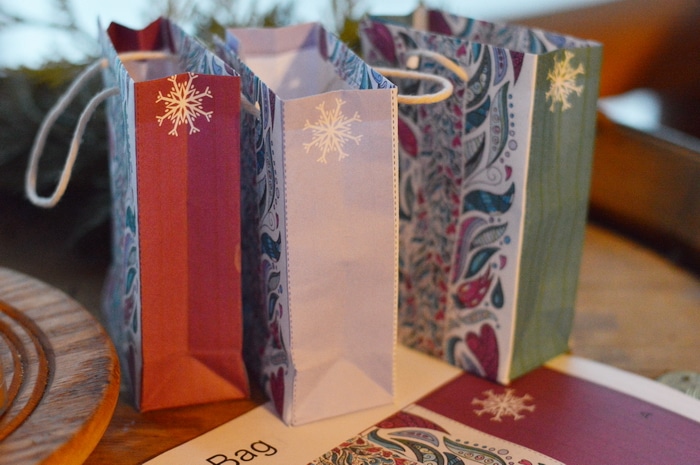
You’ll set your creativity in motion when you use fat quarter fabric as a reusable gift wrap. Fabric wrapped gifts and parcels have been used around the world for centuries. Remember the hobo with the handkerchief on a stick to carry his worldly goods? But the Japanese have mastered the art of folding fabric to make beautiful parcels and gift wraps. Think of it as origami with cloth instead of paper. Furoshiki is the simple art of wrapping with a reusable and beautiful cloth.
Reuse those singles from the mismatched sock pile and make a cute handsewn lamb sock as a gift. Adorable!
If you have old 100% wool sweaters with some minor moth damage, here is a terrific way to repurpose them. Throw them in a hotter-than-hot washing machine to felt them, then hang them up to dry and cut off any moth-frayed bits. You can cut them into flat pieces of felt to use on projects. We made eco-mittens from felted sweaters and scraps of upholstery leather. They are easy to make and durable.
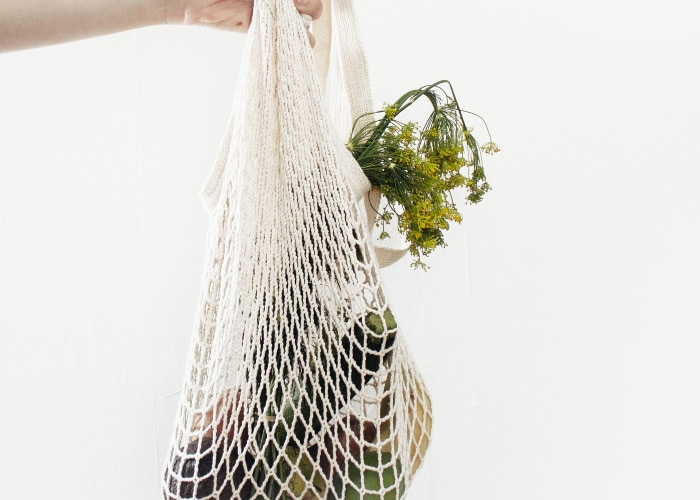
Make Earth-Friendly Choices
Every August parents of preschoolers and elementary students buy a box of crayons. Last year’s crayons are half used and broken, lying in the kitchen drawer or a box, neglected, but not useless. Don’t throw them out. Crayons are made with paraffin wax and lab-created pigments. They are petroleum products and they never break down in the landfill. They aren’t biodegradable. Learn to recycle Crayons in this tutorial and use it as a recipe for creative play as you are saving the environment.
Do you hate to throw away those glossy magazines, seed catalogs, and pretty sales catalogs? Do they sit in a pile waiting for some good purpose? You can make envelopes out of recycled paper. “Who needs envelopes!” you say. Why, YOU do, in your Zero Waste home! Seal them together with do it yourself envelope glue that is lickable and kosher, and enjoy repurposing as you create these beautiful things.
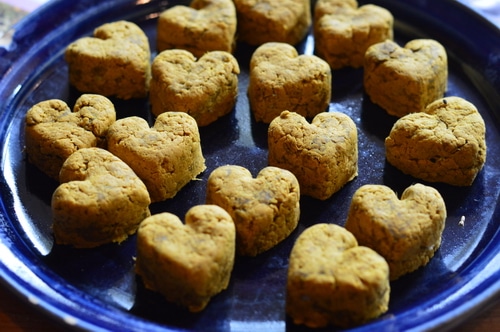
While you are in the frame of mind to recycle paper consider making seed bombs to inspire your imagination. Seed bombs and seed paper can be made into creative gifts, party favors, or an inspiring nature activity for students. While these instructions turn your recycled paper into a 3 D shape using a mold, you can also make seed paper following the steps outlined in this article.
Try eco-friendly clothing – A while ago, I came across 12 Rules to Dress By (Amisha Ghadilai) It was interesting and thought-provoking. It lays out 12 categories of eco-friendly clothing and gives suggestions for incorporating sustainability into your wardrobe. It gave suggestions for making your current wardrobe more sustainable but it left out some important values that homesteaders espouse — like DIY, creativity, and sustainable farming practices. Here are my personal guidelines for eco-friendly clothing and a sustainable wardrobe.
A terrific way to stop introducing chemicals in your home is to make your own natural cleaning products. You will find dozens of recipes in this article.
And finally, here’s a fun project that uses natural materials you may already have on your homestead. Homemade ink from walnut hulls has been used for centuries by scribes and calligraphers. Walnuts are rich in both natural dye chromophores and tannins. Both English and Black Walnuts can be used for dyeing. So can other nuts in this family like butternut and heartnut (Juglans ailantifolia), with slightly different shades of brown. All are rich in tannins and natural dye.
Which steps will you take towards a zero waste home? Leave us a comment below!
Other zero waste articles from Joybilee Farm
42 Zero Waste Habits for Living Green That Will Save You Money
20 Ways to Make 2020 Your Zero Waste Lifestyle Year
DIY Herbal Anti-bacterial Wipes or Portable Cold and Flu Protection
DIY Beeswax Wraps for Your Eco-Friendly Kitchen
How to Crochet Oval or Circular Flat Rag Rugs Every Time



Leave a Reply